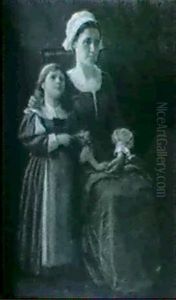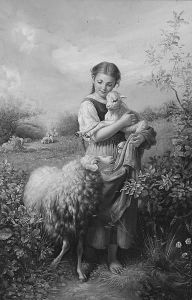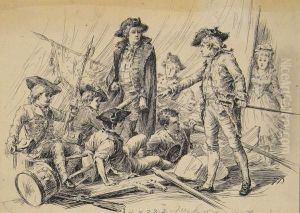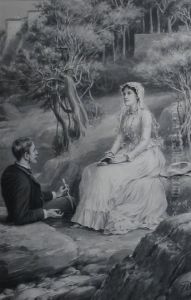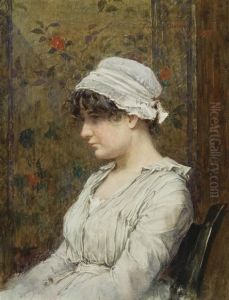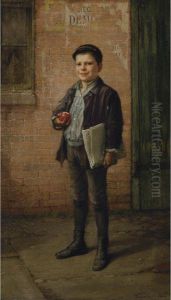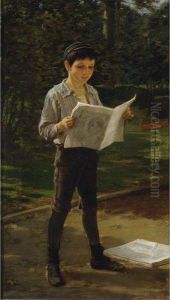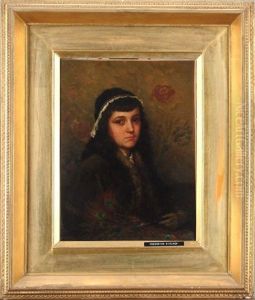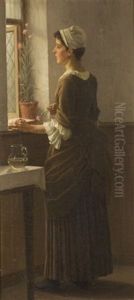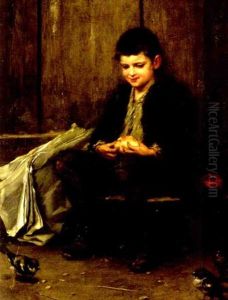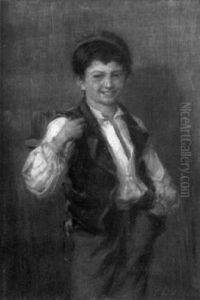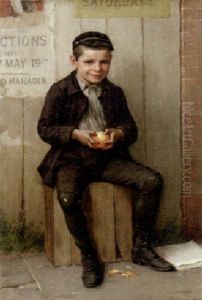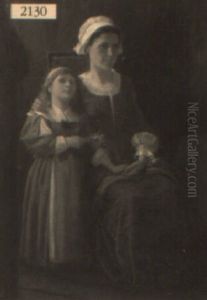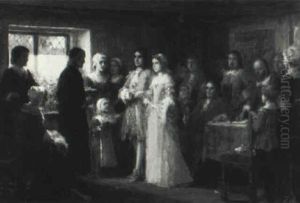Frederick Dielman Paintings
Frederick Dielman was an American artist known for his contributions to illustration, mural painting, and fine art during the late 19th and early 20th centuries. Born on December 25, 1847, in Hanover, Germany, Dielman immigrated to the United States with his family when he was a child. They settled in Maryland. Dielman began his artistic education at the Maryland Institute College of Art in Baltimore and subsequently continued his studies abroad, which was a common practice for American artists of the time.
After studying in Europe, Dielman returned to the United States where he established himself as a skilled illustrator and painter. He became an illustrator for Harper's Magazine, a role that was particularly significant during an era when illustrated periodicals were a primary medium for public art consumption. His illustrations earned him recognition and respect among his peers and the American public.
In addition to his work as an illustrator, Dielman was also active in the academic and organizational aspects of the art world. He served as the president of the National Academy of Design from 1899 to 1902 and played a role in the founding of the American Federation of Arts. His involvement in these institutions was indicative of his commitment to the development and promotion of the arts in America.
Dielman's work as a muralist also contributed to his legacy. He created murals for public buildings, which were part of a larger movement in the United States to beautify and culturally enrich public spaces through art. His murals are characterized by their classical style and often featured allegorical and historical themes, which were popular during the period.
Throughout his career, Dielman was recognized for his artistic achievements with numerous awards and honors. He continued to create art well into his later years, remaining active in the art community until his death on August 15, 1935. His body of work reflects the transitions in American art from the late 19th century into the modern era and provides a window into the cultural and historical context of his time.
